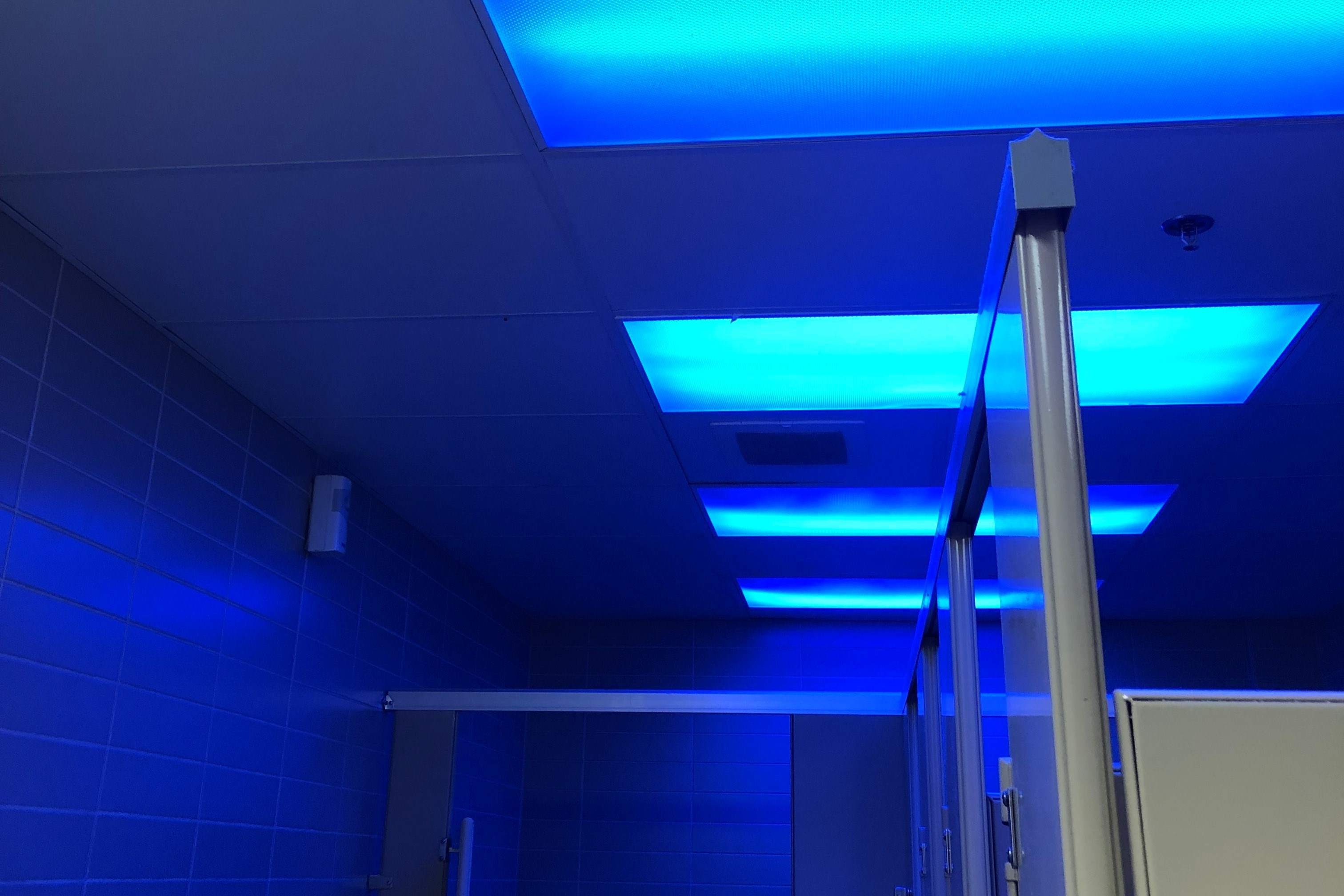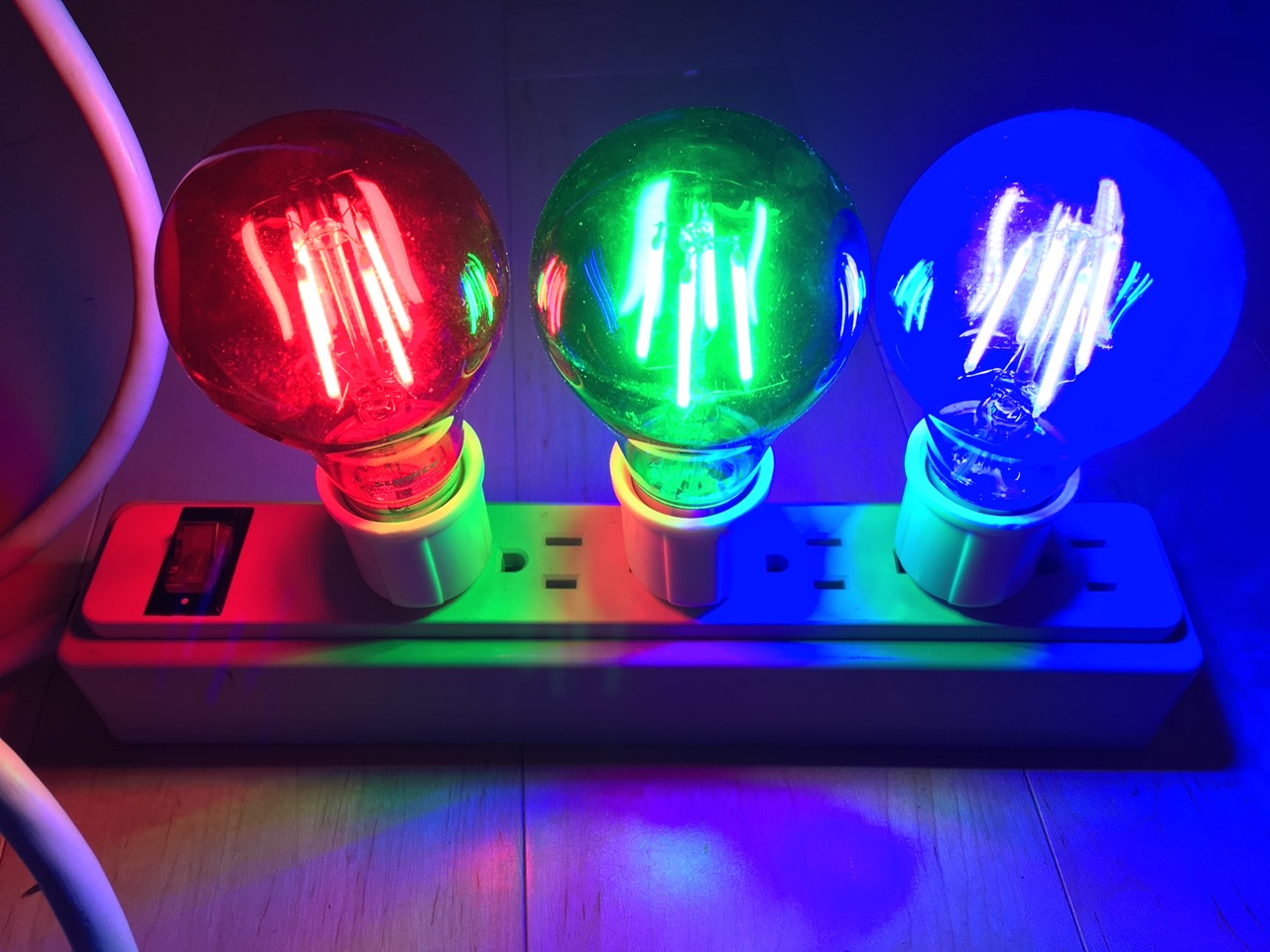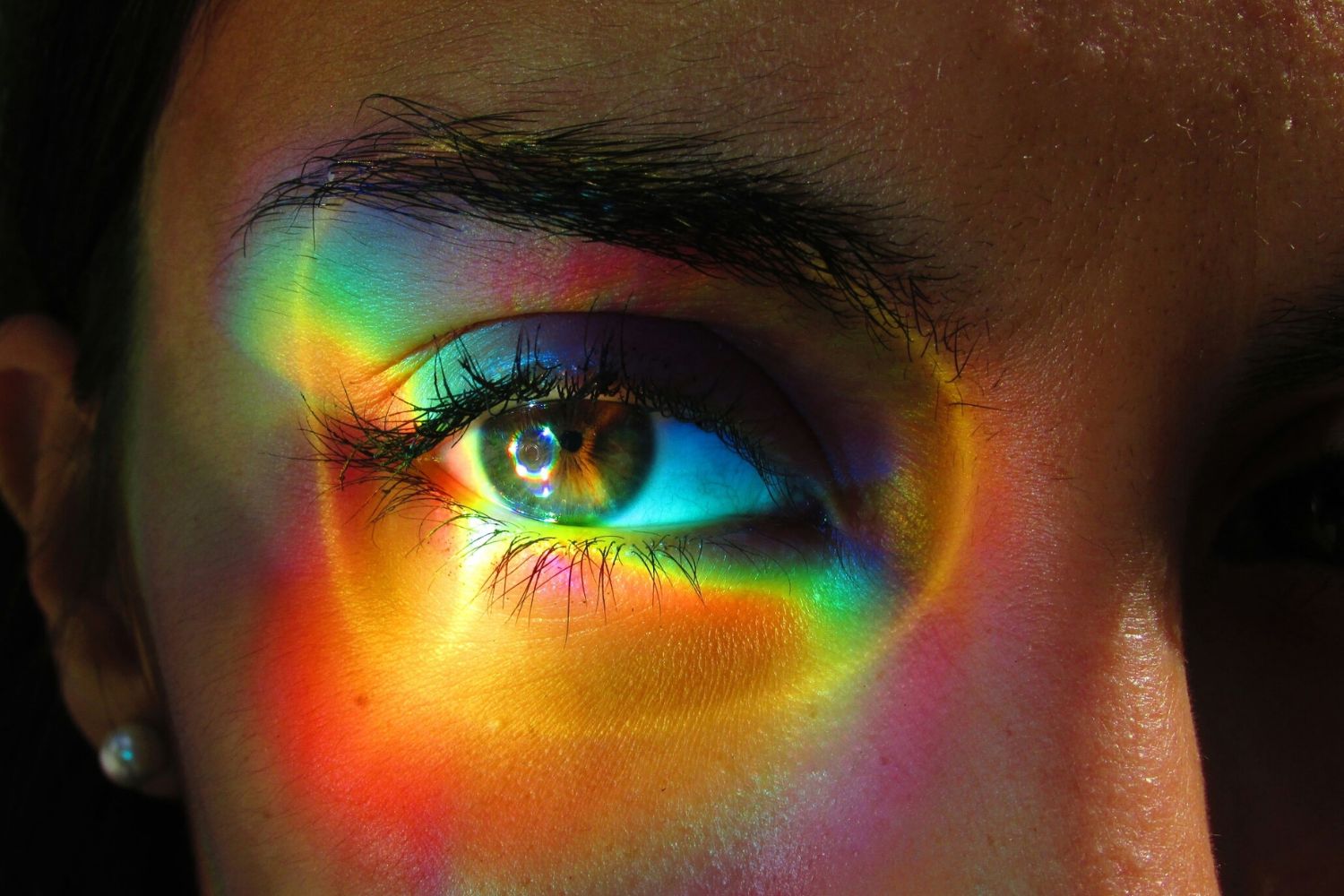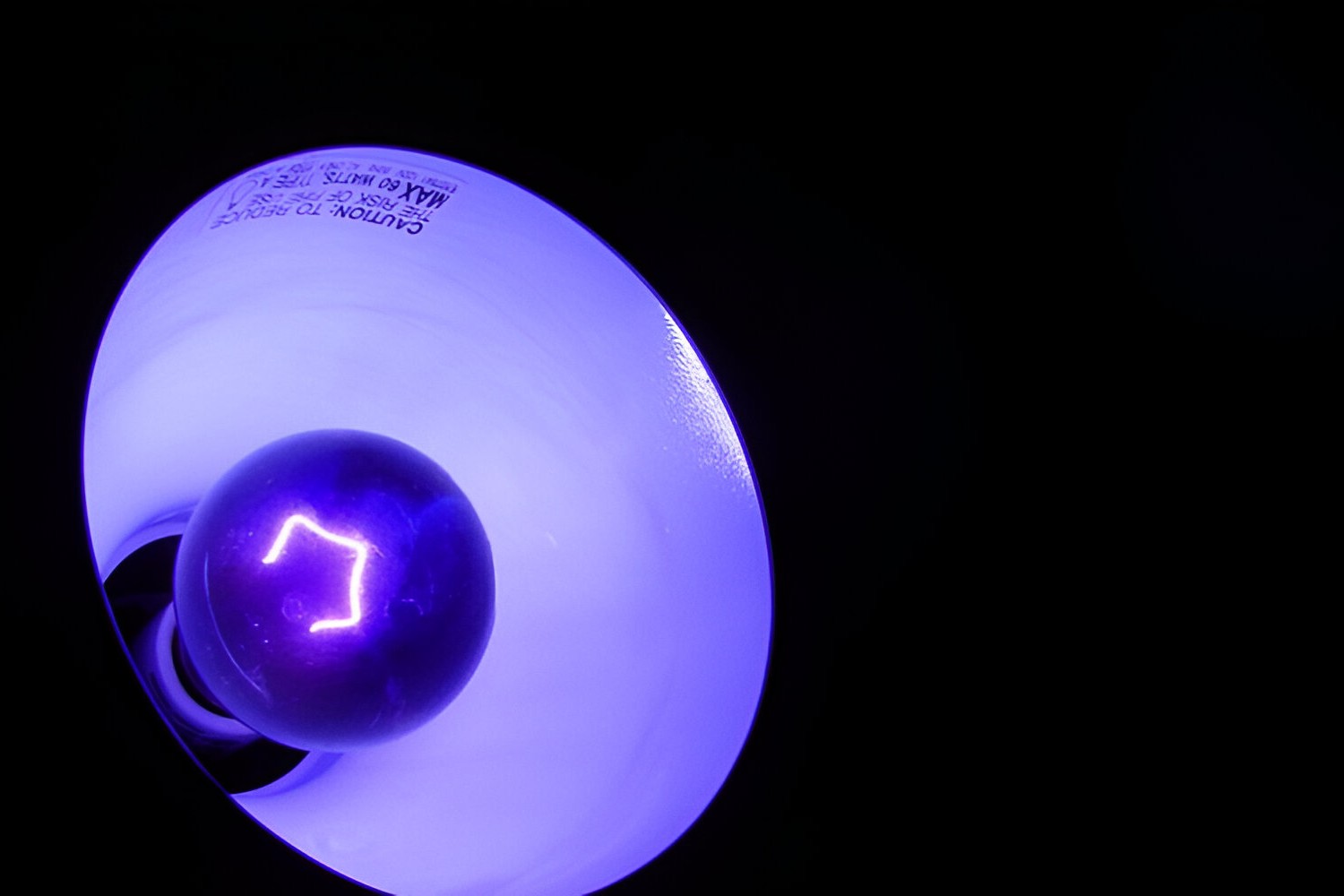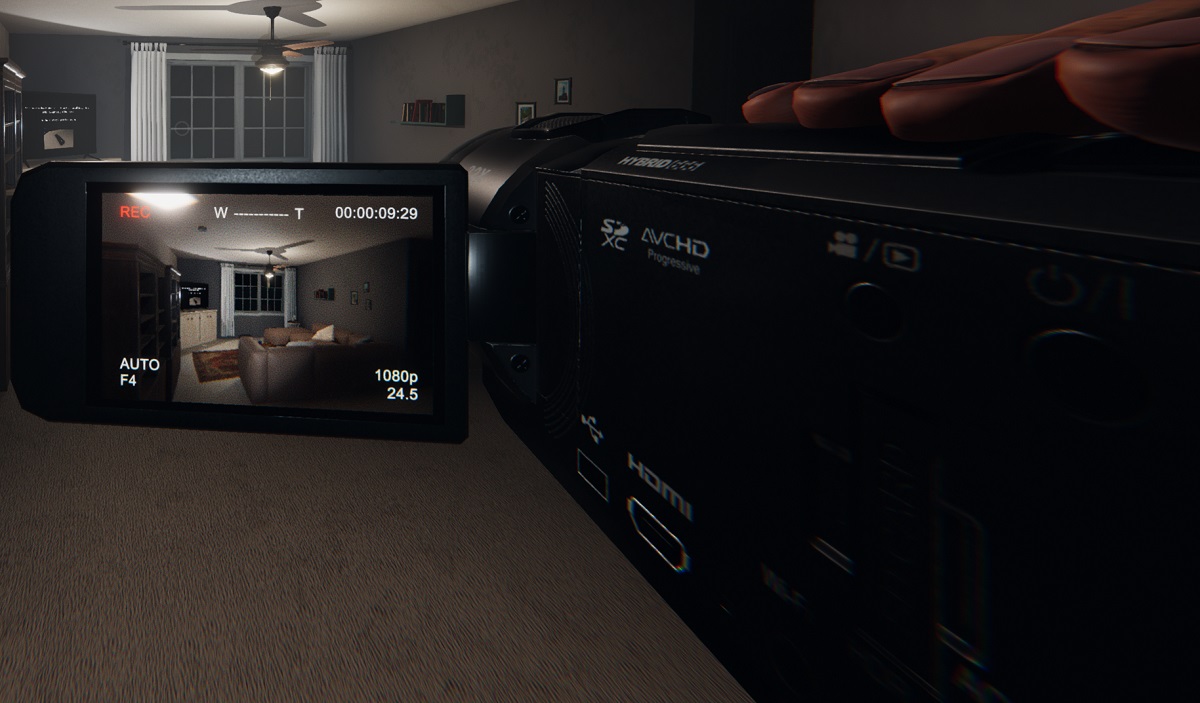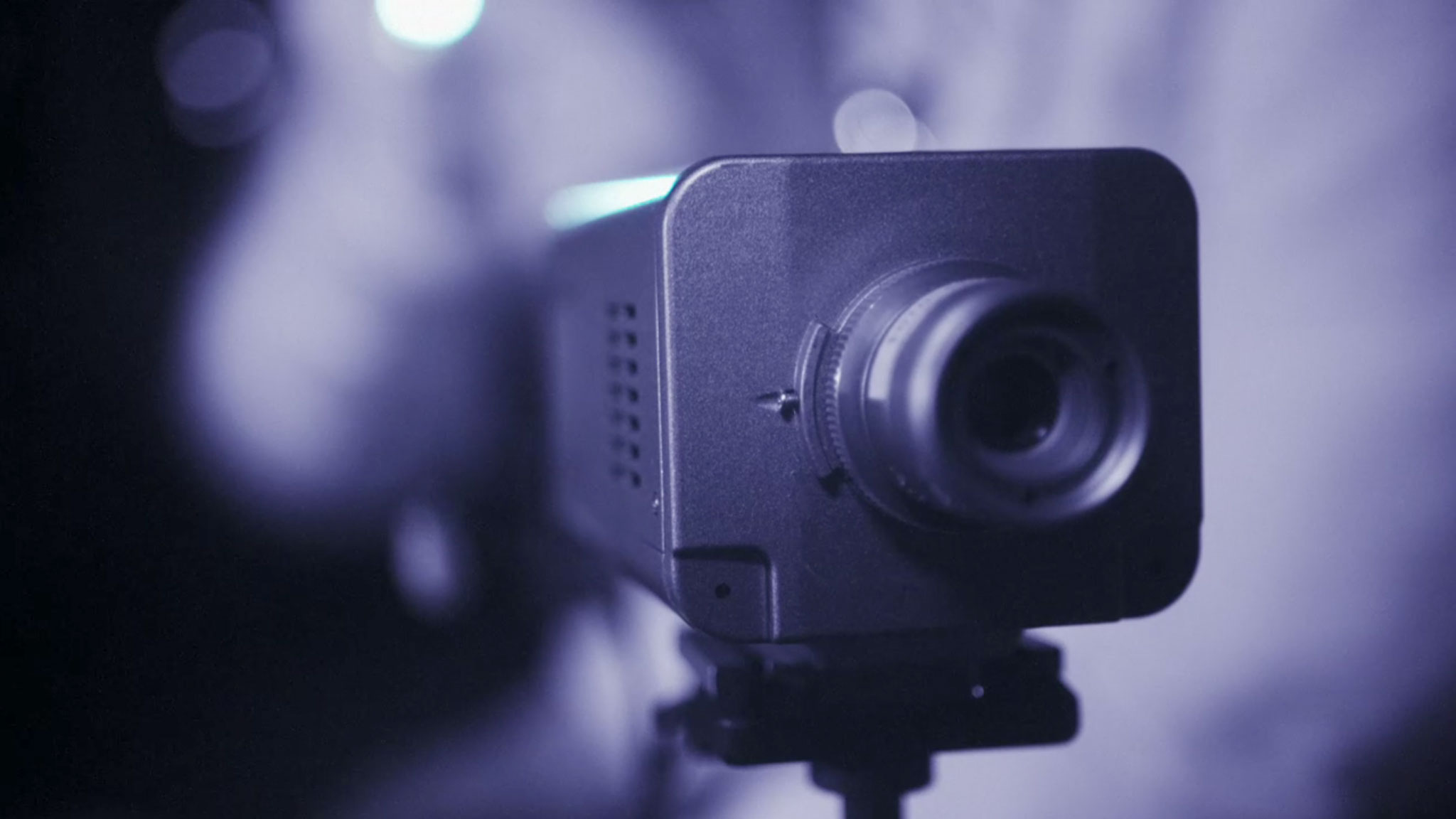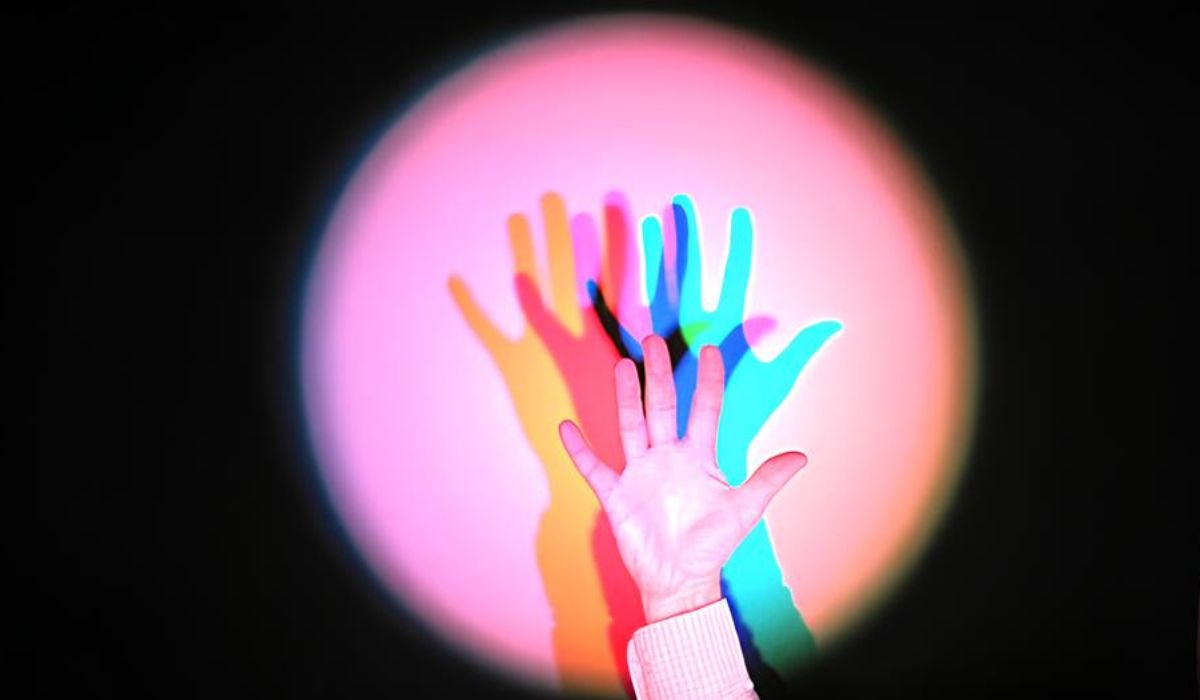Introduction
In today's digital age, we are constantly surrounded by screens emitting a spectrum of light, including blue light. This phenomenon has sparked widespread interest and concern about its potential impact on our well-being. From smartphones and tablets to computers and LED lighting, blue light has become an integral part of our daily lives, raising questions about its effects on our eyes, sleep patterns, and overall health.
As we delve into the world of blue light, it's essential to understand its origins, properties, and the ways in which it interacts with our bodies. While blue light is a natural component of sunlight, it is also emitted by artificial sources, such as electronic devices and energy-efficient lighting. This pervasive presence has prompted researchers and health experts to examine its implications for human health and wellness.
As we embark on this exploration, it's crucial to approach the topic with an open mind and a desire to unravel the complexities of blue light. By shedding light on this captivating subject, we can gain insights that may influence how we interact with technology, manage our exposure to light, and prioritize our health in an increasingly digital world.
The Nature of Blue Light
Blue light, a prominent component of the visible light spectrum, is characterized by its short wavelength and high energy. With wavelengths ranging from approximately 380 to 500 nanometers, blue light occupies a significant portion of the light spectrum, alongside its counterparts, including red, green, and violet light. Its prevalence in both natural sunlight and artificial sources has profound implications for our daily experiences and well-being.
One of the most compelling aspects of blue light lies in its omnipresence. Natural sunlight, a primary source of blue light, illuminates our surroundings and influences our circadian rhythms. Additionally, artificial sources, such as LED lighting and digital screens, emit blue light, exposing us to its effects throughout the day and even into the evening hours.
The unique properties of blue light extend beyond its ubiquity, encompassing its impact on visual perception and color rendition. Blue light plays a pivotal role in shaping our visual experiences, contributing to the perception of the sky's azure hue and the vibrant colors of various objects. Its ability to stimulate photoreceptors in the human eye enables us to discern a wide array of colors, enriching our interactions with the world around us.
Moreover, blue light's interaction with biological systems has garnered significant attention from researchers and health professionals. Studies have highlighted its potential effects on sleep patterns, alertness, and overall well-being, sparking ongoing investigations into the intricate relationship between blue light exposure and human physiology.
As we contemplate the nature of blue light, it becomes evident that its multifaceted characteristics and pervasive presence warrant a deeper understanding. By unraveling the intricacies of blue light, we can gain valuable insights into its influence on our visual perception, biological responses, and daily routines. This exploration sets the stage for a comprehensive examination of the biological effects, potential benefits, and concerns associated with blue light exposure, paving the way for informed decisions and proactive measures to optimize our interaction with this captivating phenomenon.
Biological Effects of Blue Light
Blue light's impact on human biology extends far beyond its visual effects, delving into intricate interactions with our physiological processes. The human eye possesses specialized photoreceptor cells known as intrinsically photosensitive retinal ganglion cells (ipRGCs), which are particularly sensitive to blue light. When these cells are exposed to blue light, they send signals to the brain's suprachiasmatic nucleus, a vital component of the body's internal clock. This communication helps regulate the circadian rhythm, influencing our sleep-wake cycles and overall physiological functions.
Notably, exposure to blue light during the daytime can enhance alertness, elevate mood, and promote cognitive performance. This stimulating effect can be beneficial in maintaining focus and productivity, especially in well-lit environments or when using devices with blue light-emitting screens. However, prolonged or excessive exposure to blue light, particularly in the evening or nighttime, can disrupt the body's natural circadian rhythm. This disruption may lead to difficulties falling asleep, reduced sleep quality, and potential long-term implications for overall health.
Furthermore, emerging research suggests that blue light exposure may impact other biological processes beyond sleep regulation. Studies have indicated potential links between blue light and metabolic functions, including glucose metabolism and appetite regulation. The effects of blue light on these physiological pathways underscore the intricate interplay between light exposure and various aspects of human health.
In addition to its influence on sleep and metabolic processes, blue light has raised concerns regarding its potential impact on ocular health. Prolonged exposure to blue light, particularly from digital screens, has prompted discussions about its association with digital eye strain and potential long-term effects on visual health. While the scientific community continues to explore these concerns, the growing prevalence of digital devices underscores the importance of understanding and managing blue light exposure to safeguard ocular well-being.
As we unravel the biological effects of blue light, it becomes evident that this captivating phenomenon exerts a profound influence on our physiological functions and overall well-being. By recognizing the intricate interplay between blue light and human biology, we can adopt informed strategies to optimize our interaction with light, promote healthy sleep patterns, and prioritize ocular health. This exploration underscores the significance of balancing the benefits and potential risks associated with blue light exposure, empowering individuals to make conscious choices that support their holistic well-being.
Blue Light and Sleep
Blue light plays a pivotal role in regulating our circadian rhythm, the internal clock that governs our sleep-wake cycles. When we are exposed to blue light during the daytime, especially from natural sunlight, it stimulates specialized cells in the retina, signaling to the brain that it's time to be awake and alert. This natural response to daylight helps us maintain focus, enhance cognitive performance, and sustain a sense of alertness throughout the day.
However, the prevalence of artificial sources of blue light, particularly from digital screens and energy-efficient lighting, has introduced a significant challenge to our biological rhythms. Prolonged exposure to blue light in the evening or nighttime can disrupt the body's natural sleep-wake cycle, leading to difficulties falling asleep and potentially compromising the quality of our sleep.
The impact of blue light on sleep is closely linked to its influence on the production of melatonin, a hormone that regulates sleep and wakefulness. Exposure to blue light, especially in the hours leading up to bedtime, can suppress the production of melatonin, delaying the onset of sleep and affecting the overall duration and quality of rest.
Notably, the widespread use of electronic devices, such as smartphones, tablets, and computers, has heightened concerns about the potential consequences of nighttime screen exposure on sleep patterns. The proximity of these devices and the intensity of blue light emitted from their screens can exacerbate the disruption of circadian rhythms, particularly among individuals who engage in prolonged screen time before bedtime.
As we navigate the digital landscape, it is essential to recognize the significance of managing blue light exposure to support healthy sleep habits. Implementing strategies such as reducing screen time in the evening, utilizing blue light filters or "night mode" settings on devices, and creating a conducive sleep environment can mitigate the potential impact of blue light on sleep.
By acknowledging the intricate relationship between blue light and sleep, individuals can embrace proactive measures to optimize their sleep hygiene and promote restful nights. This awareness empowers us to strike a balance between leveraging technology and safeguarding our natural sleep patterns, fostering a harmonious coexistence with the captivating phenomenon of blue light.
Blue Light and Eye Health
Blue light has emerged as a focal point of discussions surrounding ocular health, prompting inquiries into its potential effects on visual well-being. As digital devices become integral to our daily routines, concerns about the impact of blue light on eye health have garnered increasing attention from researchers, eye care professionals, and the general public.
Prolonged exposure to blue light, particularly from digital screens, has raised concerns about digital eye strain, also known as computer vision syndrome. This condition encompasses a range of ocular discomfort and visual disturbances experienced during and after screen use, including symptoms such as eye fatigue, dryness, blurred vision, and headaches. While the direct link between blue light and digital eye strain continues to be studied, the pervasiveness of digital devices underscores the importance of understanding and addressing potential contributing factors to ocular discomfort.
Furthermore, the potential long-term effects of blue light on ocular health have prompted comprehensive investigations into its implications for the eyes. Research has indicated that blue light, especially in the high-energy portion of the spectrum, may penetrate deep into the eye, reaching the retina. This has led to discussions about its potential cumulative effects on retinal cells and the macular region, which are critical for visual acuity and color perception. While the scientific community continues to explore these concerns, the evolving landscape of digital technology underscores the importance of proactive measures to support ocular health in the context of blue light exposure.
In response to these considerations, individuals and organizations have sought to implement strategies to mitigate potential risks associated with blue light exposure. This includes the development of blue light filtering technologies in eyewear and screen protectors, aimed at reducing the intensity of blue light reaching the eyes. Additionally, guidelines for responsible screen use, periodic breaks, and optimal lighting conditions have been advocated to support ocular comfort and minimize potential strain associated with prolonged screen time.
As our understanding of the interplay between blue light and eye health continues to evolve, it is essential to approach the topic with a balanced perspective, recognizing both the benefits and potential concerns associated with blue light exposure. By fostering awareness, implementing proactive measures, and seeking guidance from eye care professionals, individuals can navigate the digital landscape while prioritizing their ocular well-being. This approach empowers us to embrace the captivating aspects of technology while safeguarding the visual health that enables us to perceive and experience the world around us.
Blue Light and Mental Health
The influence of blue light extends beyond its impact on visual and biological processes, delving into potential connections with mental health and well-being. While the interplay between blue light and mental health is a complex and evolving area of study, emerging research has sparked intriguing discussions about the potential implications of blue light exposure on psychological functions and mood regulation.
One of the key focal points of this exploration lies in the relationship between blue light and mood regulation. Studies have suggested that exposure to natural sunlight, which contains a significant proportion of blue light, may have mood-enhancing effects. The stimulation of specialized photoreceptor cells in the retina by blue light can trigger the release of neurotransmitters, such as serotonin, known for its role in promoting feelings of well-being and happiness. This natural response to daylight underscores the potential influence of blue light on mood regulation and emotional balance.
Conversely, concerns have been raised about the impact of artificial sources of blue light, particularly from digital screens, on mental well-being. Prolonged exposure to blue light, especially in the evening or nighttime, has been associated with disruptions in sleep patterns, potentially leading to fatigue, irritability, and alterations in mood. The pervasive use of digital devices and the prevalence of screen-based activities in modern lifestyles have prompted inquiries into the potential links between excessive blue light exposure and mental health challenges.
Furthermore, the intricate interplay between blue light, sleep disruption, and mental health has garnered attention from researchers and mental health professionals. Disruptions in sleep patterns, often attributed to excessive screen time and blue light exposure, have been linked to an array of mental health concerns, including heightened stress levels, anxiety, and depressive symptoms. These observations underscore the multifaceted nature of the relationship between blue light, sleep quality, and mental well-being, prompting comprehensive investigations into the potential mechanisms underlying these connections.
As we navigate the evolving landscape of digital technology and its impact on mental health, it becomes essential to approach the topic of blue light with a holistic perspective. By recognizing the potential influence of blue light on mood regulation, sleep patterns, and mental well-being, individuals and communities can embrace proactive measures to optimize their interaction with light, support healthy sleep habits, and prioritize mental wellness. This awareness empowers us to foster a balanced relationship with the captivating phenomenon of blue light, promoting holistic well-being in an increasingly digital world.
Conclusion
In the realm of modern living, the pervasive presence of blue light has transcended its role as a mere component of the visible light spectrum, captivating our attention and prompting profound inquiries into its multifaceted influence on human health and well-being. As we conclude our exploration of this captivating phenomenon, it becomes evident that blue light's impact extends far beyond its visual effects, encompassing intricate interactions with our biological rhythms, ocular health, sleep patterns, and mental well-being.
The nature of blue light, characterized by its short wavelength and high energy, underscores its pervasive presence in both natural sunlight and artificial sources, shaping our visual experiences and influencing our physiological responses. From enhancing alertness and cognitive performance during the day to potentially disrupting sleep patterns and ocular comfort in the evening, blue light's influence permeates various facets of our daily lives.
The biological effects of blue light, particularly its role in regulating the circadian rhythm and influencing sleep patterns, highlight the delicate balance between its stimulating effects during the day and the potential disruptions posed by nighttime exposure. The interplay between blue light and sleep has prompted a reevaluation of our digital habits and the implementation of strategies to mitigate potential impacts on sleep quality and overall well-being.
Moreover, the implications of blue light on ocular health have sparked discussions surrounding digital eye strain and the potential long-term effects on visual well-being. As digital devices continue to integrate seamlessly into our routines, the proactive adoption of measures to support ocular comfort and minimize potential strain associated with blue light exposure becomes increasingly pertinent.
The exploration of blue light's potential connections with mental health and well-being has shed light on the intricate interplay between light exposure, mood regulation, and sleep disruption. By recognizing the potential influence of blue light on emotional balance and mental wellness, individuals can embrace proactive measures to optimize their interaction with light, support healthy sleep habits, and prioritize holistic well-being in an increasingly digital world.
As we navigate the captivating landscape of blue light, it becomes imperative to approach the topic with a balanced perspective, recognizing both the benefits and potential concerns associated with its exposure. By fostering awareness, implementing informed strategies, and seeking guidance from health professionals, individuals can navigate the digital landscape while prioritizing their well-being, fostering a harmonious coexistence with the captivating phenomenon of blue light.
In essence, our exploration of blue light transcends mere illumination, delving into the intricate interplay between light, biology, and human experiences. By embracing a nuanced understanding of blue light's influence, we can navigate its captivating presence with mindfulness, empowering ourselves to prioritize holistic well-being in an increasingly digital world.







